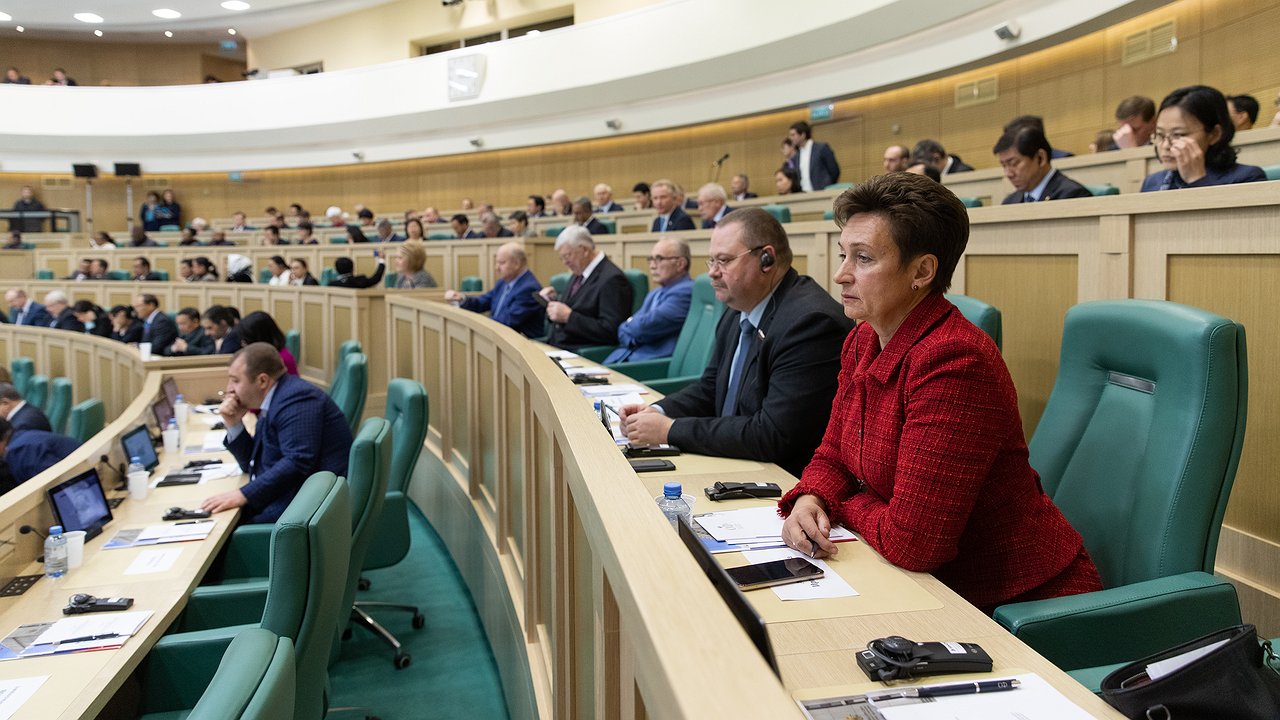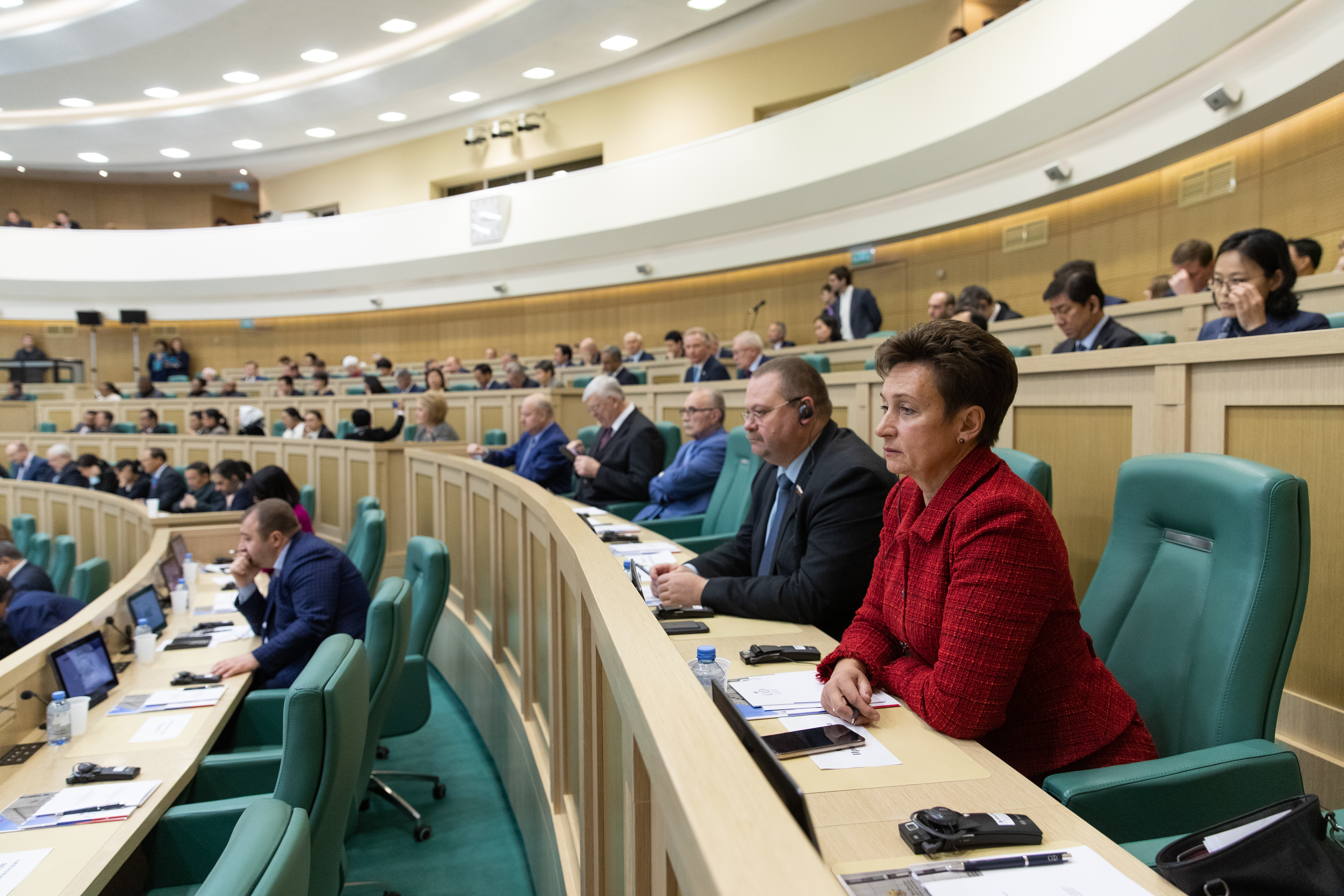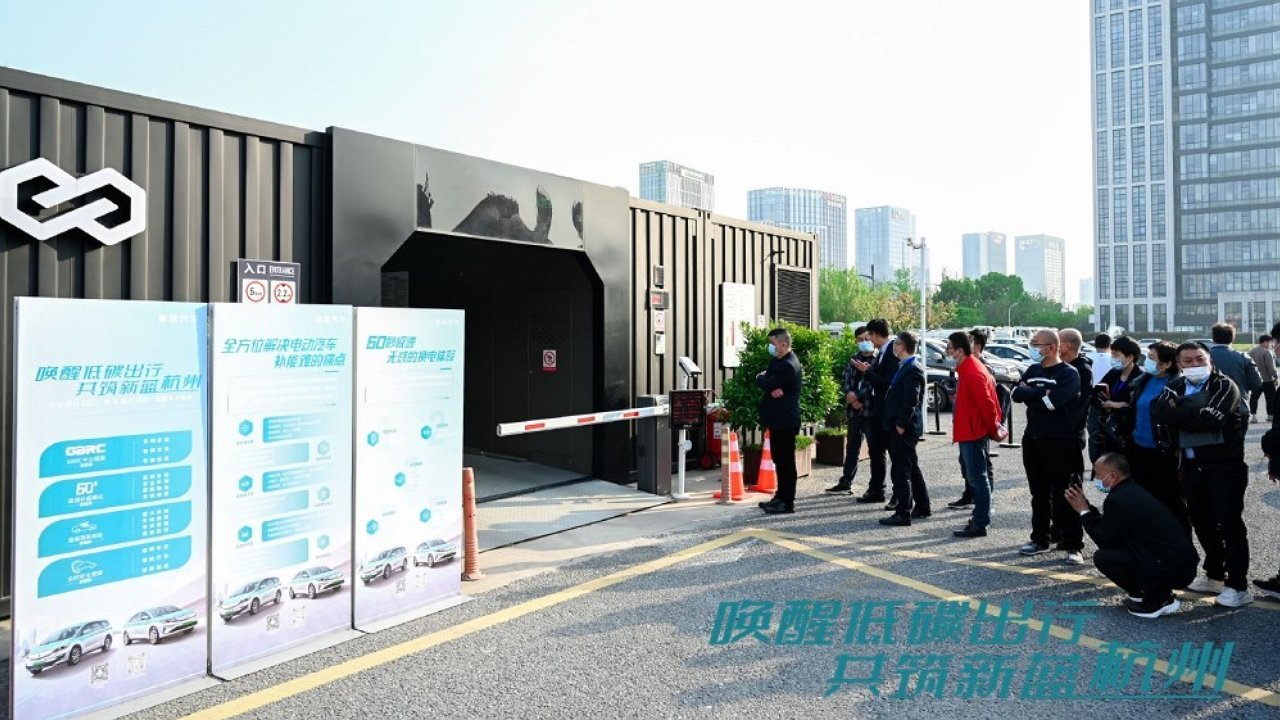It is funny, but the media did not draw attention to the ingenious resolution of the Federation Council until a week after the date of its adoption. Then the senators heard the head of the Ministry of Industry and Trade Denis Manturov, were inspired by the breadth and magnitude of the tasks facing the Russian economy, and passed a resolution “On the development of industry and on ensuring the technological sovereignty of the Russian Federation.” Its text turned out to be so “interesting” that virtually none of the fellow citizens who tried to study it reached point 15 of the document at that time.
Meanwhile, with this craze, the Federation Council decided to “take additional measures to support the production of wheeled vehicles (chassis) in the Russian Federation by increasing the recycling fee for it”.
Recall that now for wheeled vehicles of categories M2, M3, N1, N2, N3 the salvage cost is at least 178,000 rubles. And when importing cars with an engine with a capacity of more than 3.5 liters into Russia, the cost of recycling is as much as 445,000 rubles. Moreover, both for legal entities importing cars into Russia, and for companies producing cars on the territory of our country.
But there is a nuance. The state budget reimburses part of the salvage collection to car factories that produce cars in Russia. For example, AvtoVAZ is entitled to the maximum compensation, while Kaliningrad Avtotor, which attaches wheels to actually completed Chinese cars, is not entitled to benefits. As you know, Chinese car brands are in no hurry to invest in the establishment of full-fledged production facilities in the Russian Federation.
Therefore, increasing the recycling fee will only make their products more expensive for the end customer. And AvtoVAZ will have additional profit – it will receive higher compensation for scrap from the budget, but at the same time it will be able to set “market” prices for its products, focusing on the sales price lists of Chinese competitors that have risen in price.














